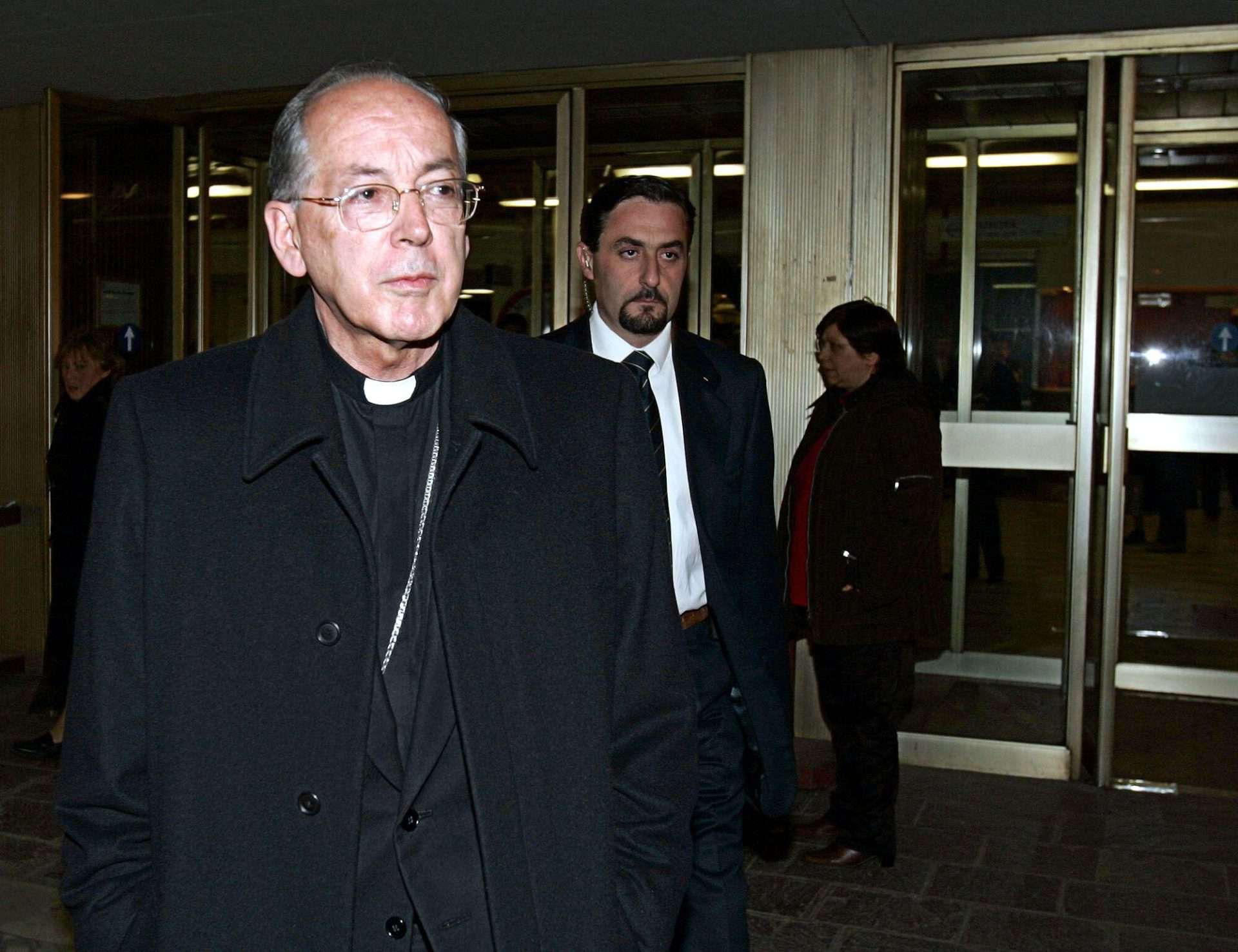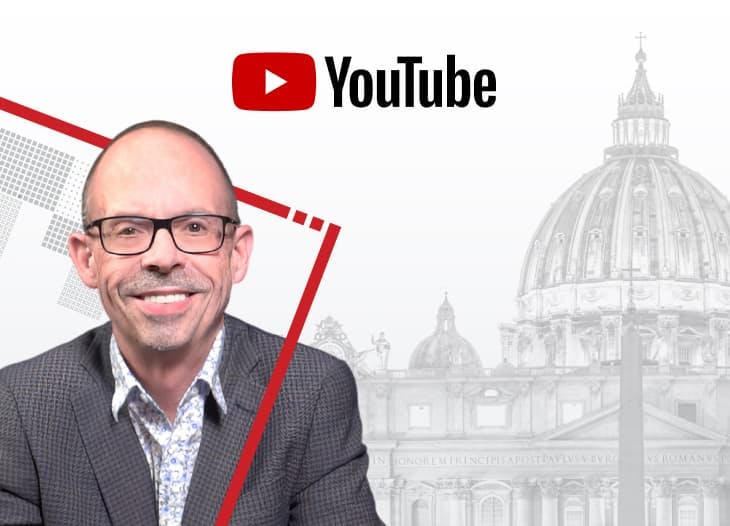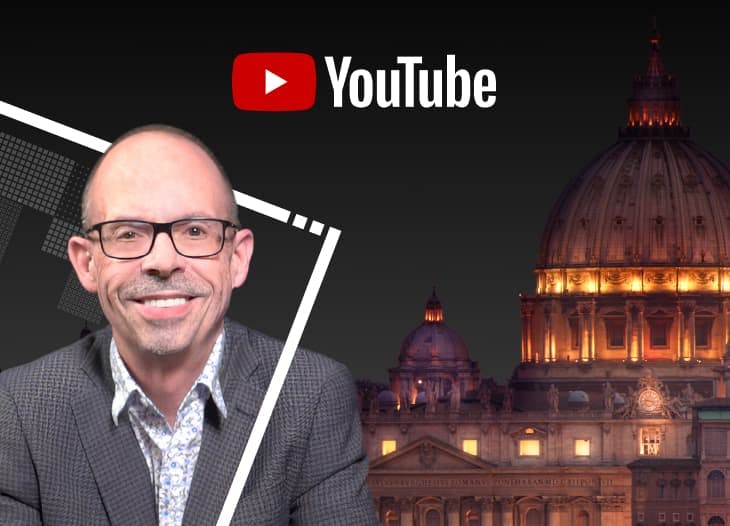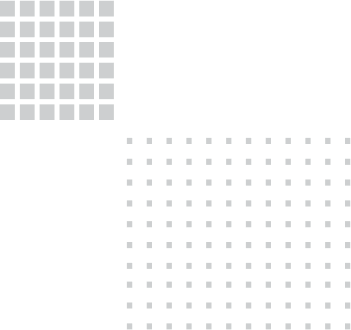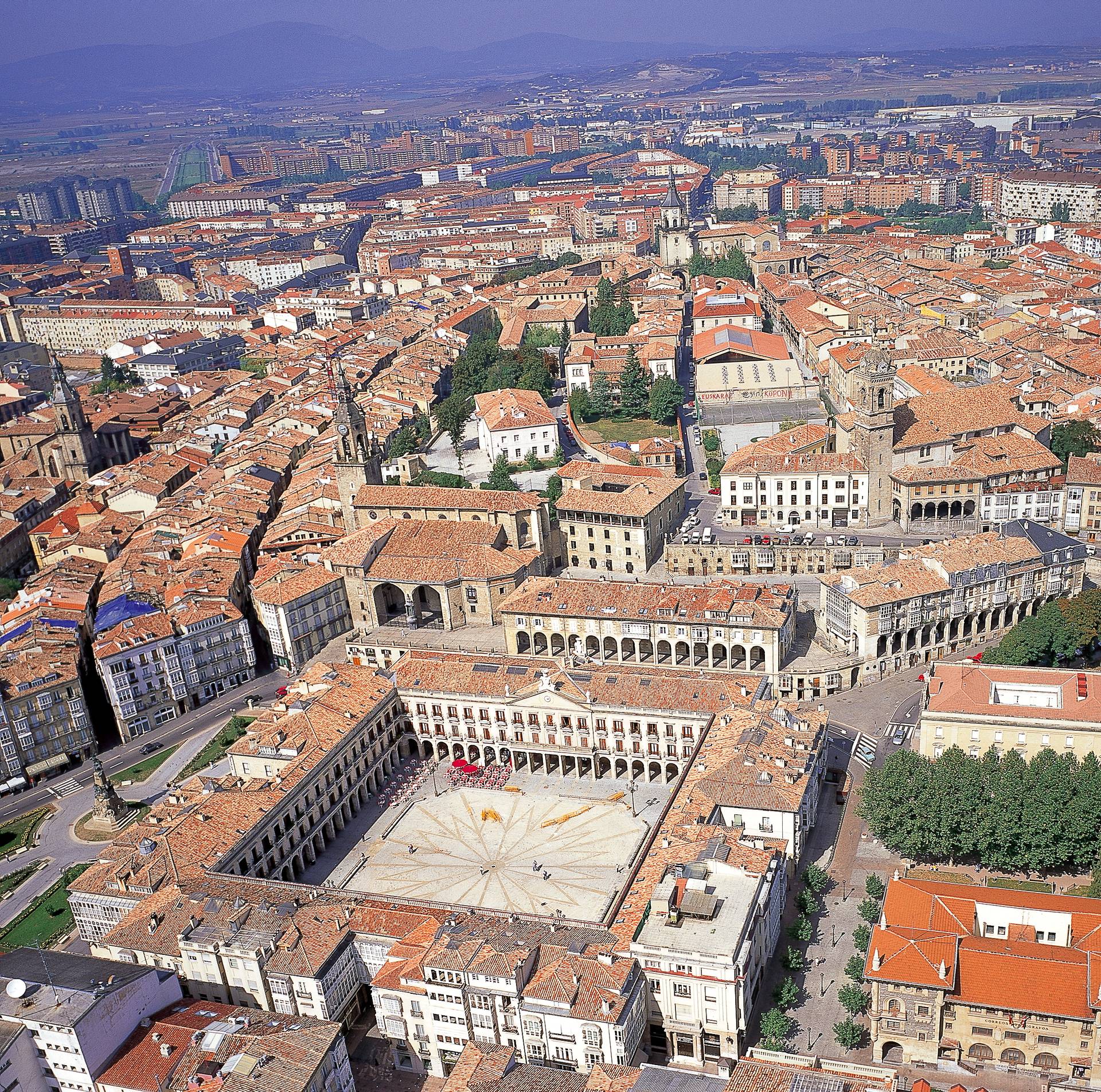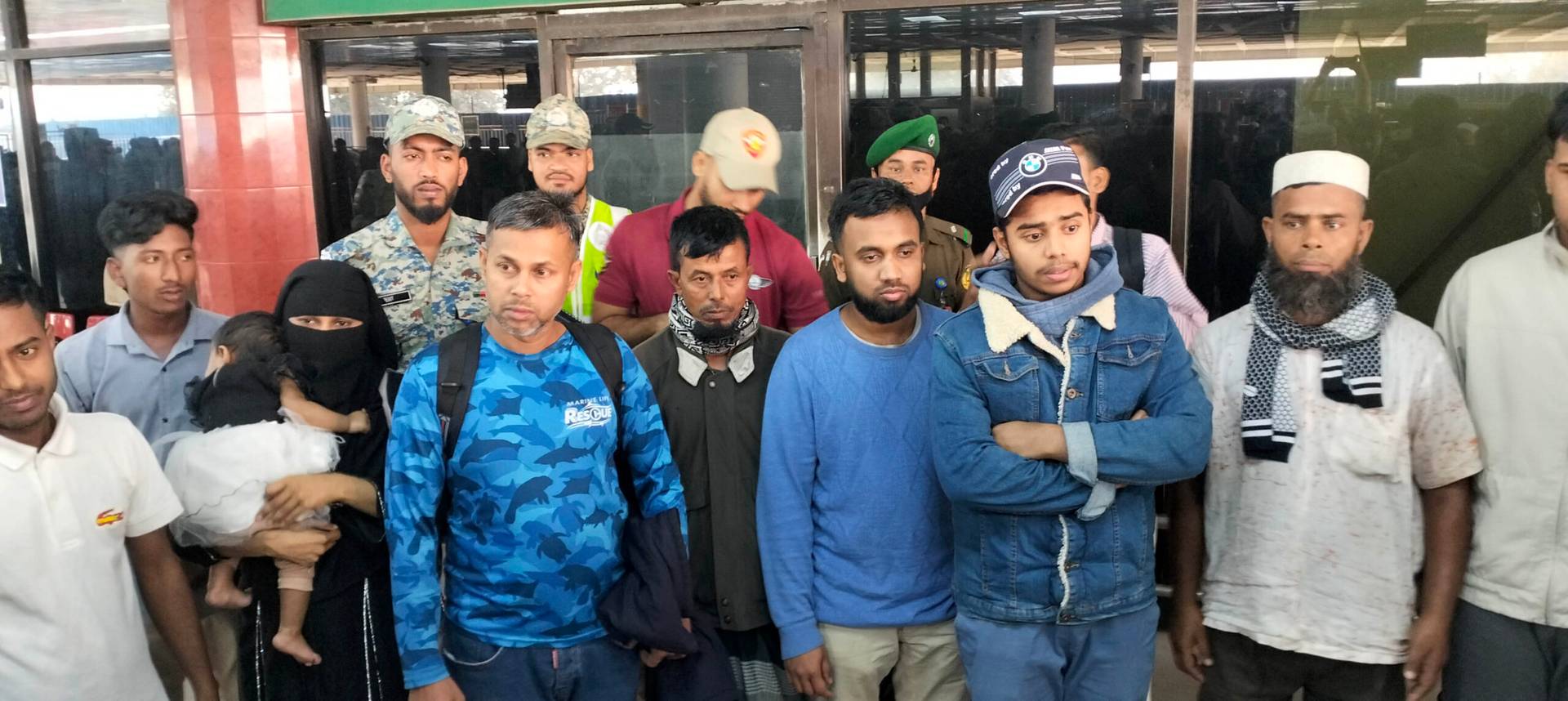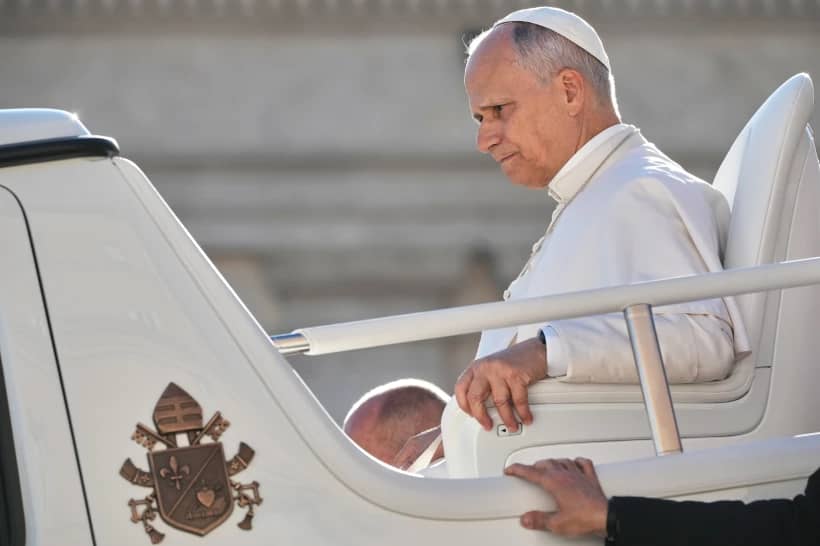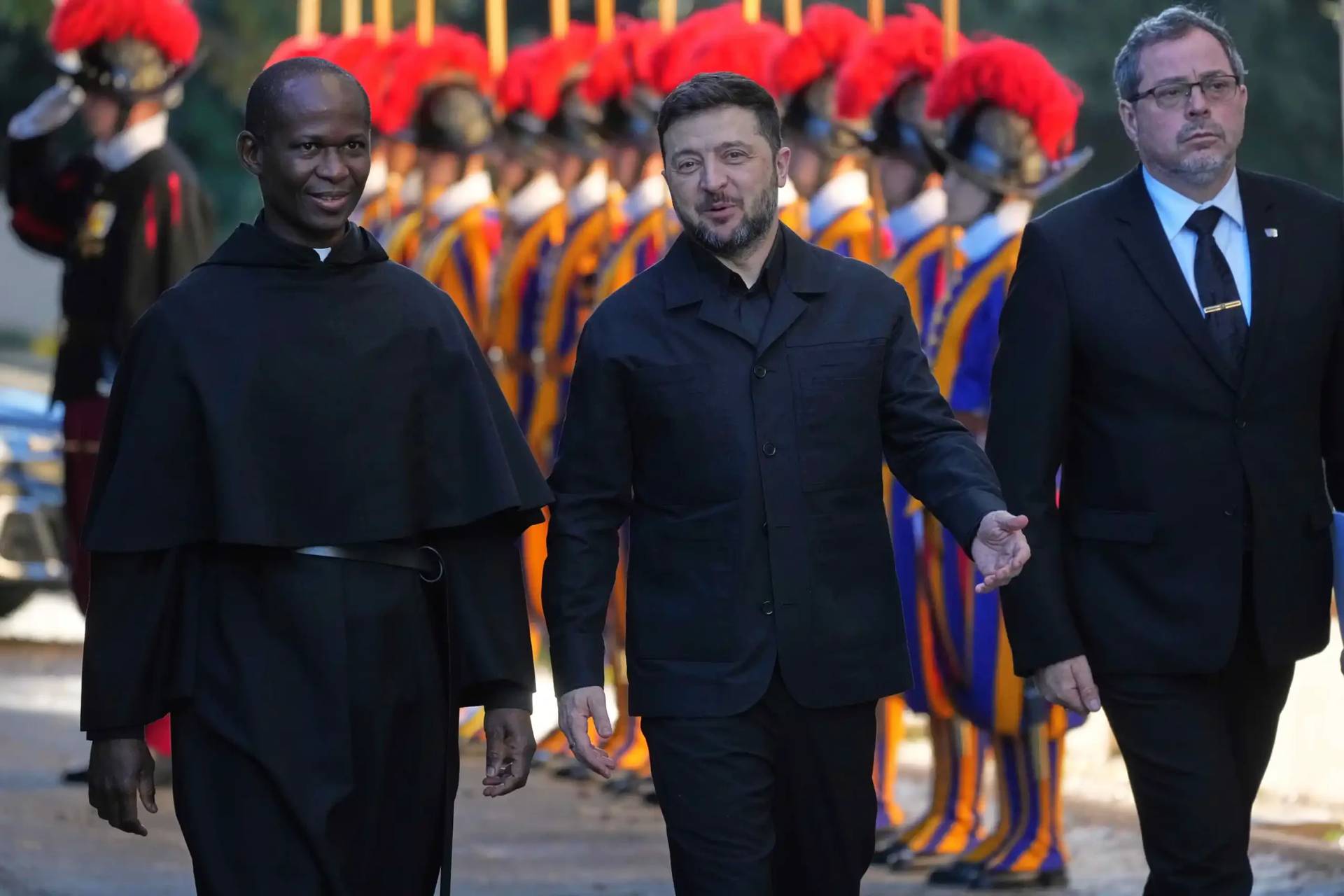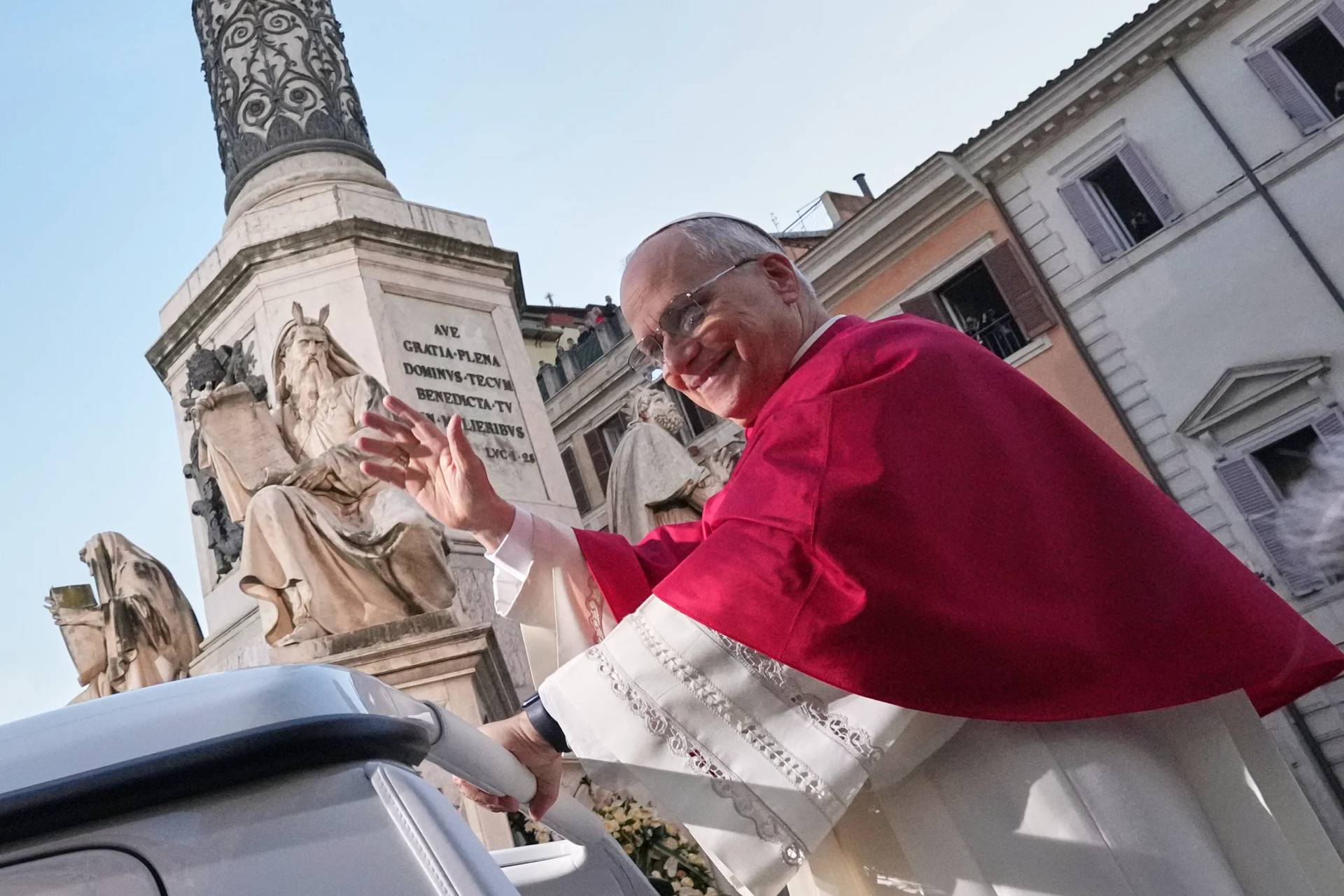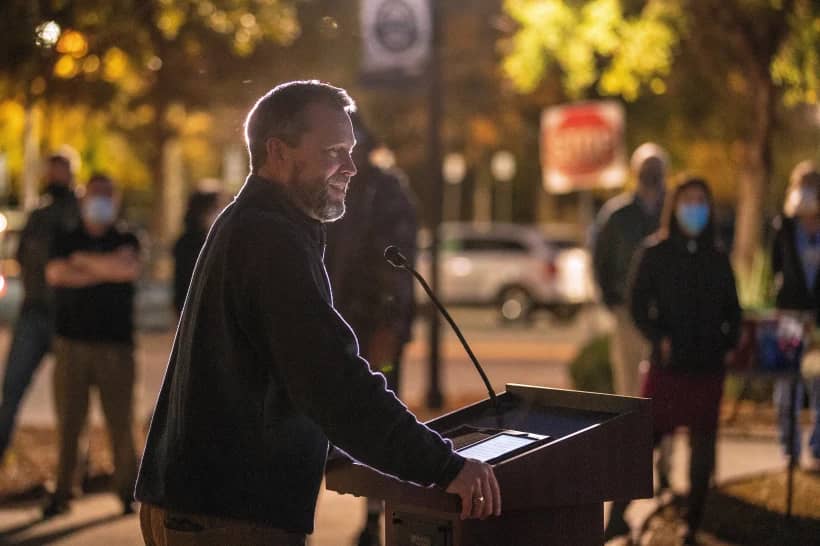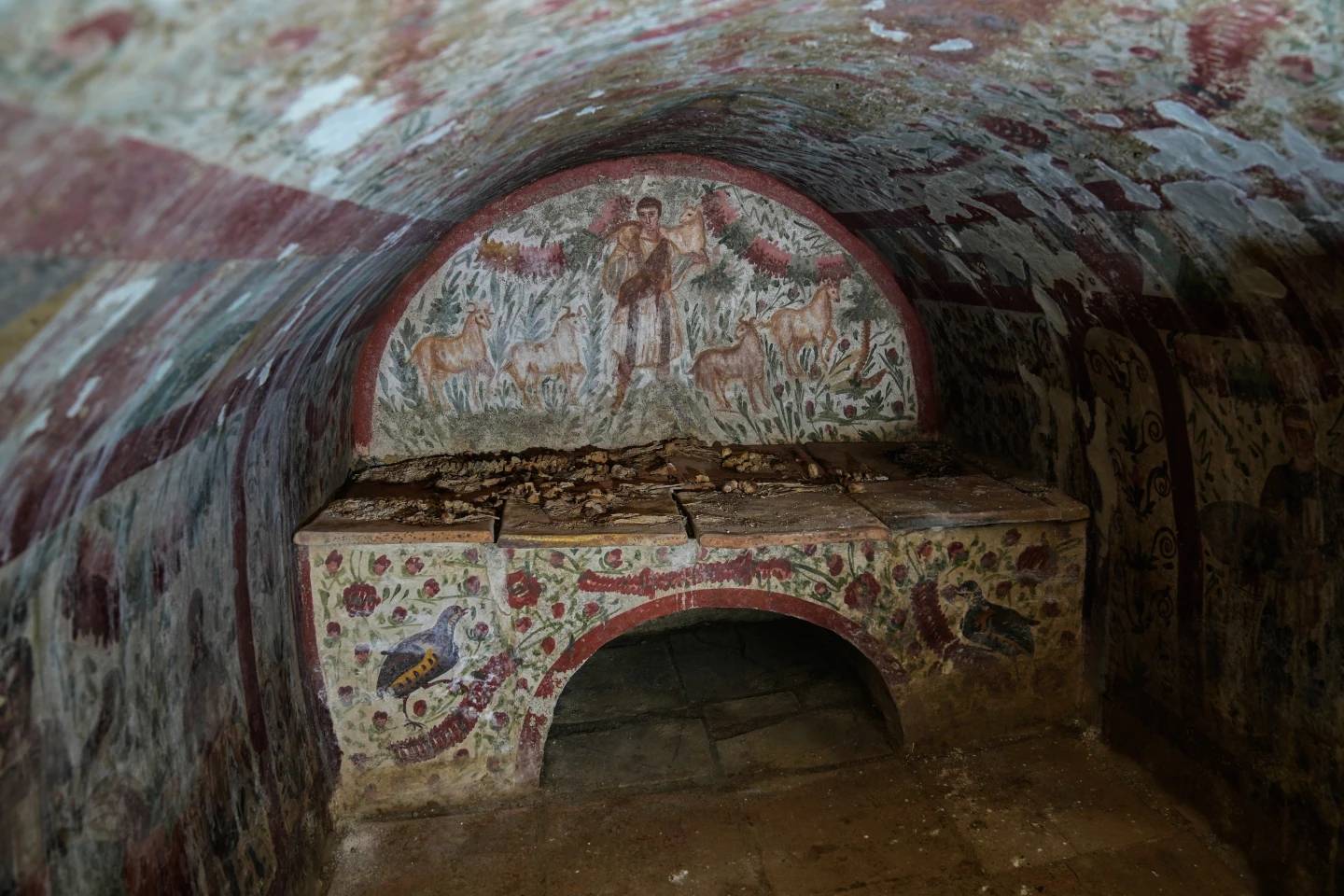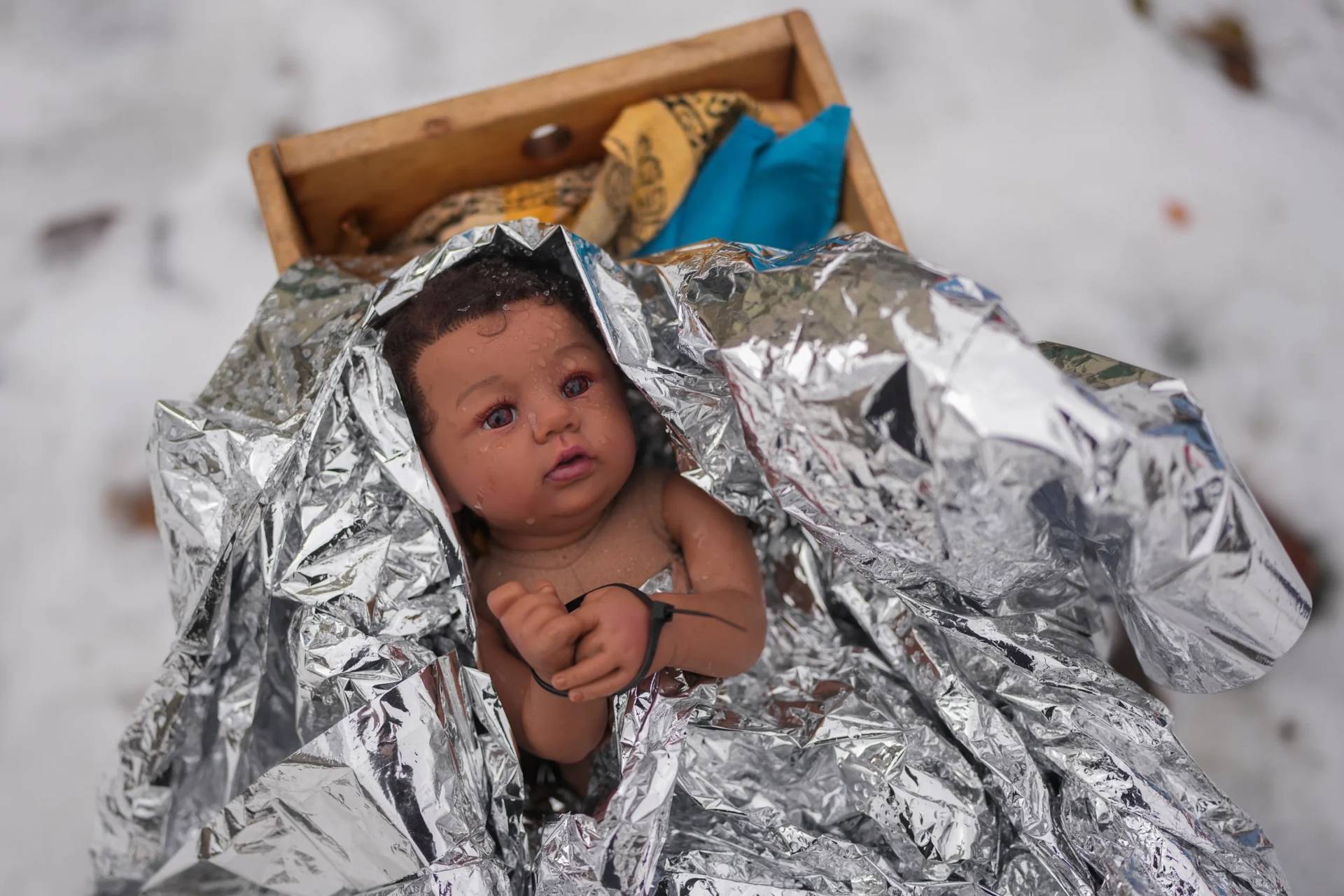ROME – After the eruption of an international scandal over the participation of a Peruvian cardinal accused of and punished by the pope for sexually abusing a minor at pre-conclave meetings in Rome, the alleged victim has spoken out.
Speaking to Spanish newspaper El Pais, the individual said, “The message is that the pope died and the party is back.”
“It was a surprise to see him appear in Rome, because he’s supposedly barred from public appearances, and it’s outrageous to see him dressed as a cardinal, as if ignoring every sanction that he received, and which he himself signed,” the person said, saying the cardinal in question is “mocking the Church.”
The cardinal, Peruvian Juan Luis Cipriani, 81, is not eligible to vote in a conclave due to his age, but in 2019 was subject to restrictions on his ministry imposed by Pope Francis over allegations lodged a year prior that he had sexually assaulted an adolescent boy during confession.
Those sanctions, which Cipriani accepted and signed off on just before turning 75, apparently barred him wearing his red cardinal robes and the pontifical insignia, from returning to Peru without permission, and from making public declarations.
Cipriani has repeatedly denied the allegations, which went public in January when Spanish newspaper El Pais revealed that Cipriani’s ministry had been restricted after an apparent victim complained to the Vatican in 2018, and that another similar complaint was lodged in 2002, but had apparently come to nothing.
RELATED: Once powerful Peru cardinal denies allegations of sexual abuse
These restrictions were confirmed by Vatican spokesman Matteo Bruni in January, who said Cipriani in 2019 “was imposed a penal precept with some disciplinary measures” which he said, “appear to still be in force.”
These measures, Bruni said, were “related to his public activity, place of residence and use of insignia,” and were “signed and accepted” by Cipriani himself.
The pontifical insignia are the full items of attire and decoration worn by bishops, such as their special ceremonial hat, called a miter; their pastoral staff and ring; the pallium worn around their shoulders as a sign of unity with the pope; their pectoral cross; and the cathedra, the chair bishops sit in during liturgical celebrations.
Cipriani, despite signing off on the measures, for several months has repeatedly disobeyed those restrictions, traveling to Lima in January to receive a prestigious award from the city’s mayor, Rafael Lopez Aliaga, and issuing several public statements over the past two months denying the allegations against him, accusing Pope Francis of undue process, and demanding that the Peruvian bishops rectify statements confirming the restrictions on his ministry.
RELATED: Cardinals discuss abuse while prelate sanctioned for it joins meetings
Cipriani’s presence at the cardinals’ activities in Rome, including a visit to Pope Francis’s coffin while he was lying in state; attending a Vespers service for Francis at St. Mary Major; and attending the general congregation meetings, has sparked alarm and backlash from clerical abuse survivors, child protection experts, and advocacy groups.
RELATED: Survivors, experts, advocates decry accused prelate’s presence at pre-conclave meetings
In the meantime, the Vatican has maintained complete silence over the matter, issuing no statement or clarification, despite having done so with regard to the situation involving Italian Cardinal Angelo Becciu, accused of and sentenced to over five years in prison in 2023 for financial crimes.
Colombian Cardinal Jorge Enrique Jimenez Carvajal, 83, archbishop emeritus of Cartagena, told journalists Wednesday that “not a word, not a word” had been spoken about the Cipriani affair during the general congregation meetings, despite the mounting international scandal.
“I haven’t heard it there,” he said, but indicated that by then, Cipriani was not believed to be participating in the meetings.
Similarly, Salvadoran Cardinal Gregorio Rosa Chávez told Italian newspaper Corriere della Sera that the Cipriani fiasco “is a problem that the cardinals know well, but he’s not an elector, so he will stay outside” of the conclave, apparently dismissing his initial participation in the general congregations.
Cipriani’s alleged victim in his comments to El Pais said, “I find it incredible that with the pope’s death, such a vacuum has been created that this person [acts] as if he were at home, when he’s supposedly being punished, and moves with unusual prominence.”
“It’s as if not that there’s no pope, it’s a no-man’s-land and he does whatever he wants,” the person said.
Last week Chávez told Crux topic had not been discussed among the cardinals, and that the decision about what to do “falls to the ones in control over here.”
The penal precept against Cipriani has apparently been reviewed in light of the fiasco, with sede vacante authorities – presumably Italian Cardinal Giovanni Battista Re as Dean of the College of Cardinals and American Cardinal Kevin Farrell as Camerlegno – apparently finding no specific prohibitions on participation in the general congregations.
Regarding the incurred penalty, cardinals have reportedly come to the conclusion that since there is no pope, there is no supreme authority to determine and impose a sanction, so they are left powerless to do anything.
However, canonical experts consulted by Crux have said that the ban on the use of pontifical insignia implies exclusion from a conclave, as the insignia are required for entry into the Sistine Chapel, and that a decision can, in fact, be made about whether to exclude Cipriani from the general congregation meetings.
While the general congregations are apparently not specifically mentioned in Cipriani’s penal precept, the apostolic constitution governing the rules of a conclave, Universi Dominici Gregis, allows cardinals to make urgent decisions as a body together.
Point six of the constitution says, “should there be a problem which, in the view of the majority of the assembled Cardinals, cannot be postponed until another time, the College of Cardinals may act according to the majority opinion.”
The third paragraph of point seven in the document said that “During the time of the election, more important matters are, if necessary, dealt with by the assembly of the Cardinal electors.”
It thus falls to the cardinal electors, presumably under the leadership Re and Farrell, to determine whether Cipriani ought to continue attending the general congregations, and whether to make a statement clarifying the situation.
Vatican spokesman Matteo Bruni when pressed about the situation had repeatedly referred to the fact that Universi Dominici Gregis states that all cardinals must attend general congregations unless they have a “legitimate impediment” such as health.
He has also referred to his January statement confirming the restrictions against Cipriani, but which cannot be found anywhere on the Vatican’s website or in the official communiques sent to the Vatican press corps.
Follow Elise Ann Allen on X: @eliseannallen
